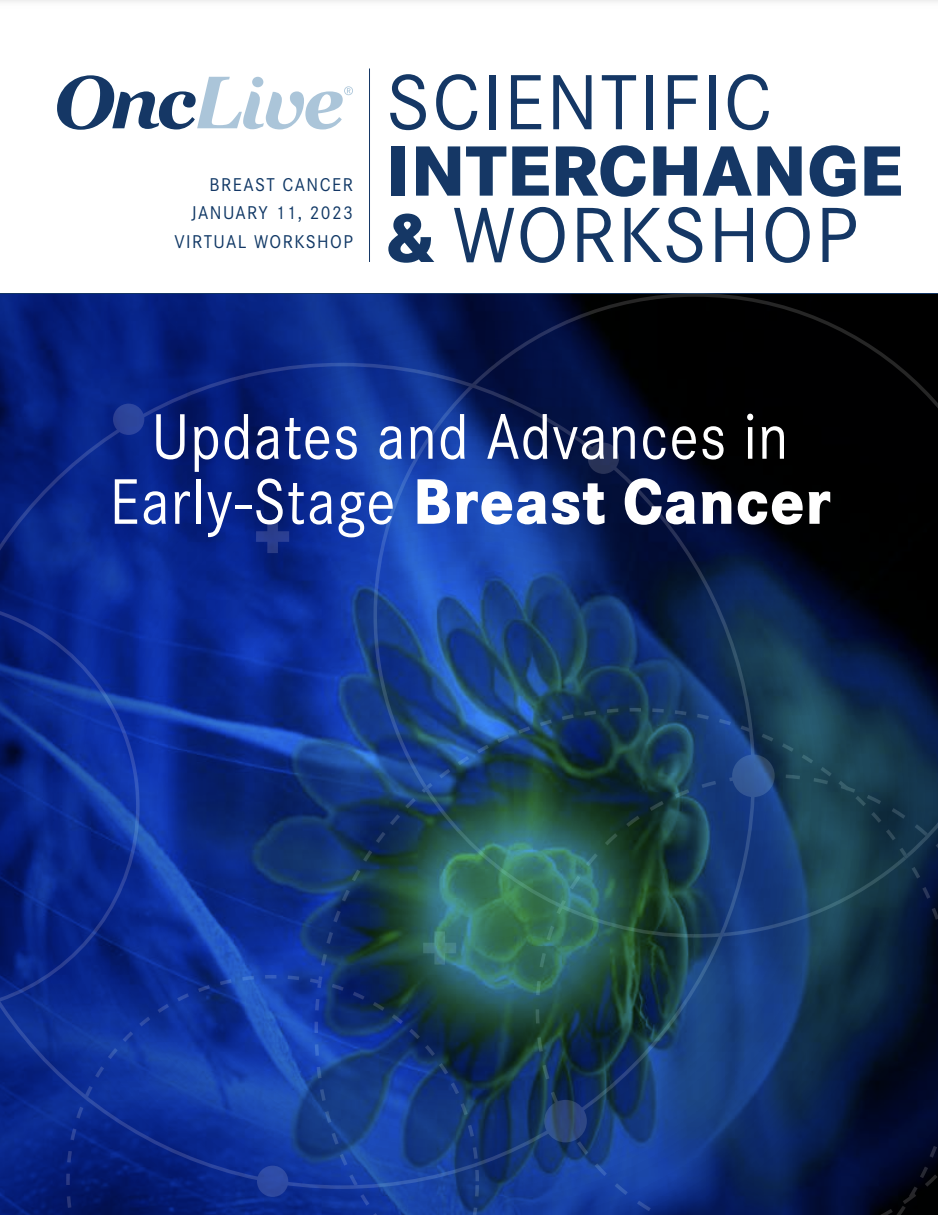Video
Dr. Chmielowski on the Potential Role of RP1 in Melanoma after Anti–PD-1 Failure
Author(s):
Bartosz Chmielowski, MD, discusses the potential role of vusolimogene oderparepvec in the treatment of patients with melanoma who failed prior treatment with an anti–PD-1 therapy.
Bartosz Chmielowski, MD, health sciences clinical professor of medicine, the Division of Hematology-Oncology, Sarcoma and Connective Tissue Medical Oncology, the University of California, Los Angeles (UCLA) Health, discusses the potential role of vusolimogene oderparepvec (RP1) in the treatment of patients with melanoma who failed prior treatment with an anti–PD-1 therapy.
RP1 is an oncolytic vaccine based on a proprietary new strain of herpes simplex virus (HSV), and it is being investigated in combination with nivolumab (Opdivo) in the ongoing phase 2 IGNYTE trial (NCT03767348) in 3 tumor-specific cohorts, including 1 featuring patients with anti–PD-1–failed cutaneous melanoma. Among the first 75 patients enrolled in this cohort, the overall response rate was 36%, including a complete response rate of 20%.
Additionally, data from the trial demonstrated systemic activity with the combination of RP1 and nivolumab in both injected and un-injected lesions, including in un-injected visceral disease. Notably, responses were observed in patients who did not achieve a response to prior anti–PD-1 therapy.
Although RP1 is a newer therapy being investigated in the treatment of melanoma and other malignancies, it is similar to the oncolytic viral intratumoral therapy talimogene laherparepvec (T-VEC; Imlygic). The backbone of RP1 is an HSV type 1 strain that is selected to kill a broad panel of human cancer cells, Chmielowski says. RP1 is modified to enhance the agent’s specificity and selectivity with the goal of increased proliferation in the tumor cells without affecting normal cells, Chmielowski says. By proliferating tumor cells, RP1 can led to the release of antigens and activation of the immune system within the tumor, Chmielowski emphasizes.
Similar to T-VEC, RP1 is armed with granulocyte-macrophage colony-stimulating factor; however, the structure of RP1 is unique. This altered structure is hoped to increase the activity of RP1 compared with T-VEC, although head-to-head trials have not been conducted between the agents, Chmielowski concludes.









